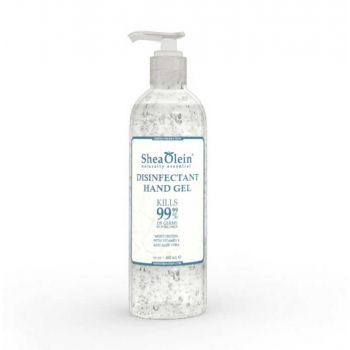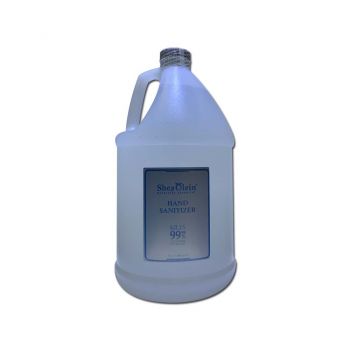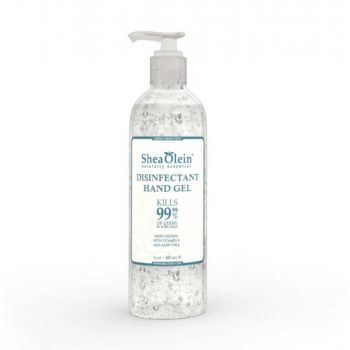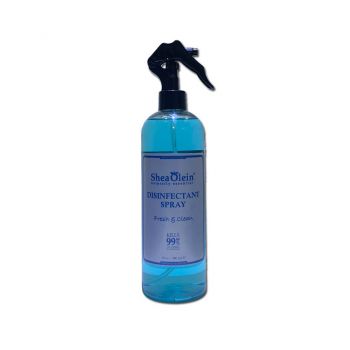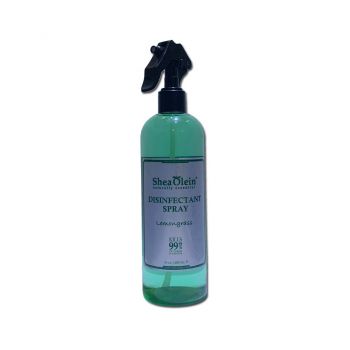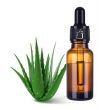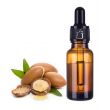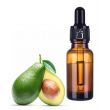We use cookies to make your experience better. To comply with the new e-Privacy directive, we need to ask for your consent to set the cookies. Learn more.
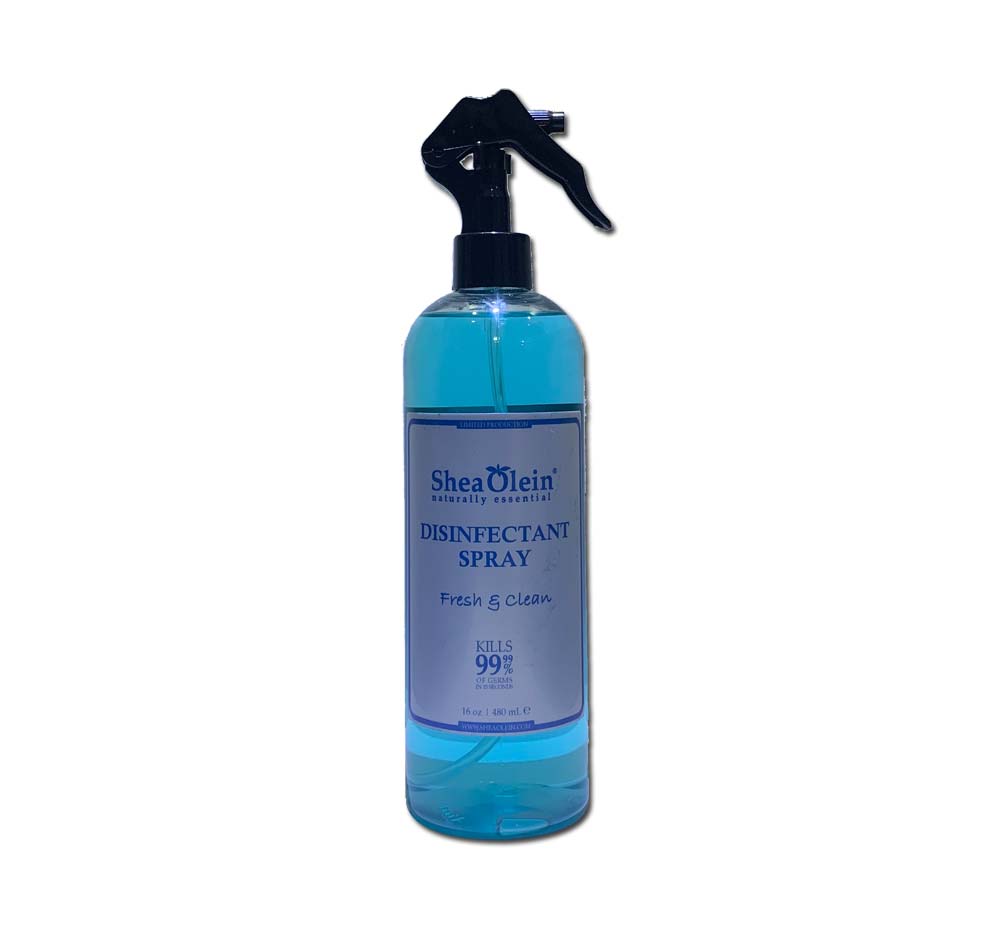
DISINFECTANT
- Moisturizing Hand Sanitizer 8lbSpecial Price $39.95 Regular Price $49.95
- Moisturizing Hand Sanitizer 12ozSpecial Price $6.95 Regular Price $9.95
Chemists formulate a chemical solution, the disinfectant spray, to actively kill or deactivate an extensive array of pathogens including bacteria, viruses, and fungi on diverse surfaces. This versatile tool finds common application in sanitizing and disinfecting surfaces across residential dwellings; workplaces – from offices to factories; healthcare settings ranging from hospitals to clinics – as well as public venues with the primary objective being reducing infectious disease transmission. Consider these key features when examining disinfectant sprays:
Considerations and Key Features:
Disinfectant sprays, with their specific active ingredients such as quaternary ammonium compounds, hydrogen peroxide, alcohol and sodium hypochlorite (bleach), are effective against various types of pathogens.
The efficacy of a disinfectant spray hinges on its capacity to neutralize or destroy specific pathogens--namely: bacteria, viruses and fungi; this is what we refer to as Pathogen Efficacy. To ascertain the range of targeted pathogens, inspect the product label.
Various surfaces may exhibit different levels of compatibility with disinfectant sprays: some are safe for application on hard surfaces, whereas others prove suitable for use on soft materials such as fabrics.
Most disinfectant sprays necessitate a specific contact time: this denotes the duration for which the surface must remain damp with the product to achieve effective disinfection; therefore, adherence to manufacturer's instructions is crucial in ensuring proper sterilization.
Some disinfectant sprays may leave a residue on surfaces; others, however, evaporate without any lingering traces. The selection hinges upon the specific application and personal preferences.
Fragrance: Scented or unscented versions of some disinfectant sprays are available; the fragrance serves two purposes--it masks the smell of disinfectants and provides a pleasant after-effect.
Always adhere to the safety precautions outlined on the product label for your health and safety: Ensure adequate ventilation during use; steer clear of any contact with skin or eyes--an action that will protect you from potential harm. Moreover, it is crucial to store these products out of reach–not accessible by any means–for children as well as pets–a preventive measure against accidental ingestion or mishandling.
Storage and Shelf Life: Ensure you store the disinfectant sprays in a cool, dry place; furthermore, regularly checking the expiration date is vital to guaranteeing their continued effectiveness.
Application: Utilize disinfectant sprays--specifically on surfaces that experience frequent contact; these may include doorknobs, light switches, countertops and electronic devices. In healthcare settings particularly – their usage is prevalent for the purpose of disinfecting medical equipment as well as other potentially contaminated surfaces.
Check the disinfectant spray's compliance with regulations and guidelines set by health authorities - for instance, the Environmental Protection Agency (EPA) in the United States; this involves: ensuring adherence to all applicable rules; verifying that it meets recommended standards of efficacy, safety, and environmental impact.
The utilization of a disinfectant spray is uncomplicated; indeed, it simply involves:
Carefully read the product label to discern: the active ingredients; contact time--if applicable; and any specific instructions provided.
If necessary, shake the bottle to guarantee thorough mixing of the solution.
Evenly spray the disinfectant onto the surface: ensure its wetness persists for the specified contact time.
Per the product instructions, you may either allow the disinfectant to air dry or choose to wipe it away.
Safely dispose of or wash all cleaning or disinfecting materials used.
Maintaining hygiene and preventing illnesses' spread rely heavily on the vital role disinfectant sprays play. Especially during public health crises, these are crucial tools. To guarantee effective and safe disinfection, one must consider factors such as the targeted pathogens, surface compatibility, and safety precautions when selecting a disinfectant spray.

